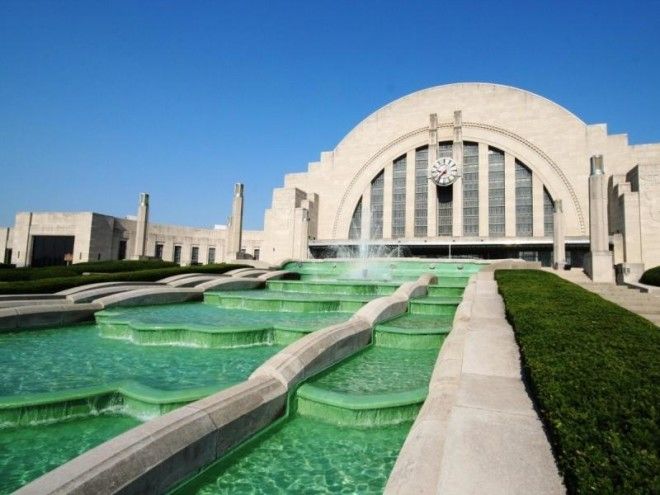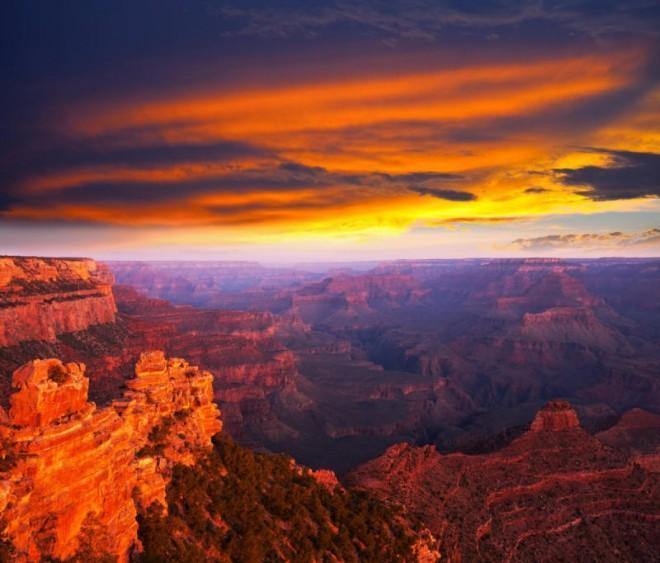Thanks to a combination of factors like climate change and increased development project proposals in their areas, some of these popular tourist attractions are starting to shrink in size, sink, or erode.
From the breathtaking Alps to the iconic Taj Mahal, we've put together a list of some of the most famous sites you should see before it's too late.
Nearly two-thirds of the Great Wall of China has been damaged or destroyed by over-farming, natural erosion, and the selling of bricks that have historic engravings on them.
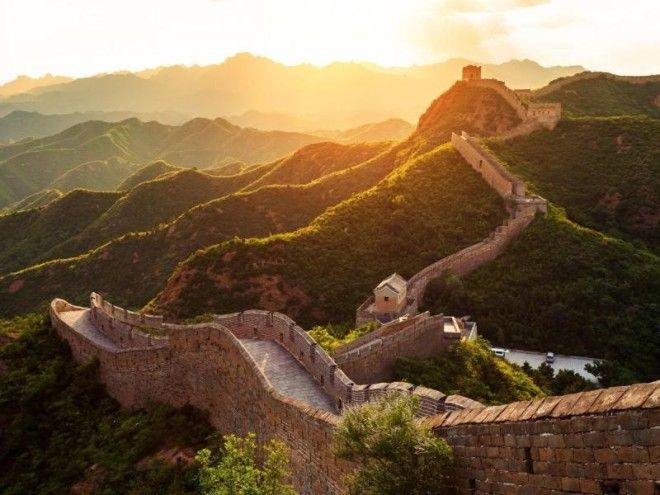
The iconic Taj Mahal, in Agra, India, has been facing years of pollution and erosion that some experts believe could lead to its collapse.
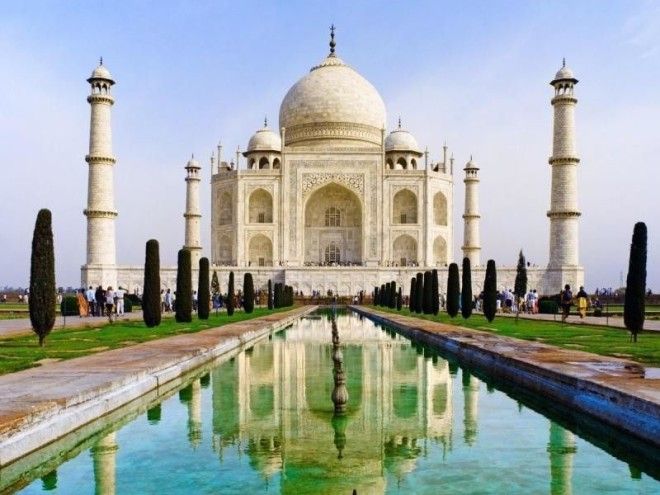
Known for its romantic gondola rides, the city of Venice, Italy, has been sinking for years with severe floods becoming more common over the last few years.

Cambodia's Angkor temples is the largest religious monument in the world, but the groundwater pumping in the nearby city of Siem Reap is causing some of the temples to sink. It was just named the best tourist site in the world by Lonely Planet.
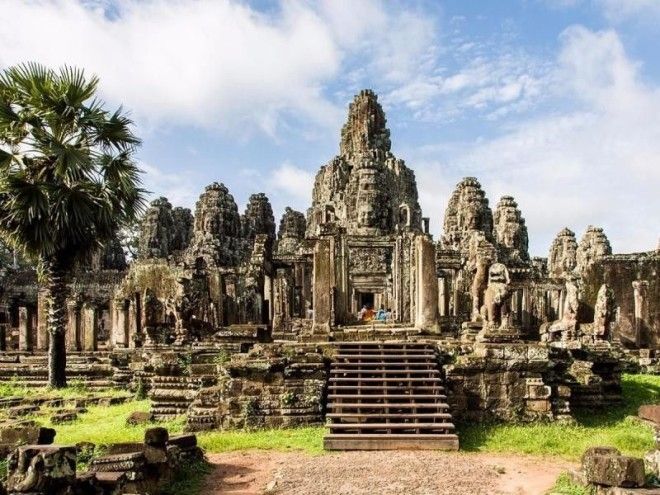
New York’s South Street Seaport is a waterfront district that once stood at the center of the city’s maritime industry. The site also made The National Trust for Historic Preservation’s list for the US's 11 most endangered historic places this year, thanks to a series of development projects on the pier.

The half-built city of Petra is one of Jordan’s main attractions, but the famous archaeological site has been receding in the last century due to a combination of wind, rain, and the constant touching of its walls by tourists — which is why you should avoid touching any of its perimeters when visiting the site.
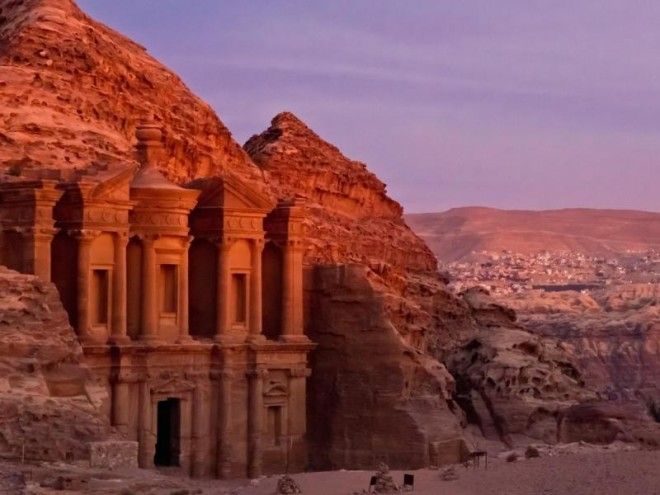
The famous ancient Roman city of Pompeii, in Italy, has been crumbling over the years due to rainstorms and improper water drainage. Already three distinct walls and an entire building of the structure have collapsed, and Italy’s UNESCO commissioner has declared that the site will one day collapse completely.

Since the Alps sit at a lower altitude than other mountain ranges, their glaciers are increasingly prone to shrinking from climate change. The mountain range loses around 3% of its Alpine glacial ice each year and some experts believe it could be gone entirely by 2050.
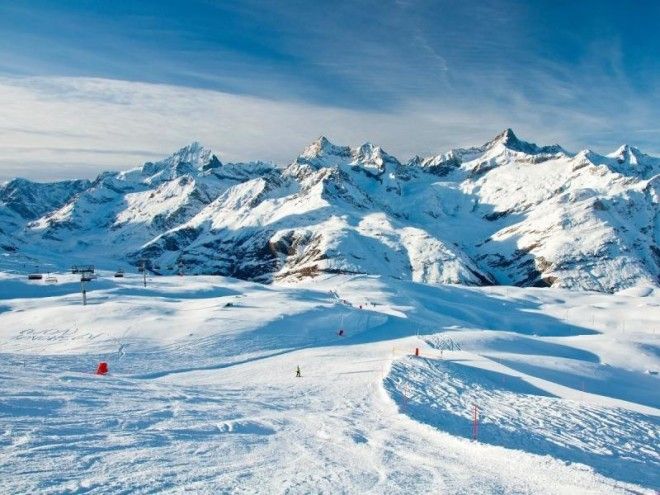
Surrounding construction, rising groundwater, and pollution have been threatening the tombs, monuments, and pyramids of Egypt’s Memphis and its Necropolis.

One of America’s most iconic attractions, the Grand Canyon was listed as one of the 11 most endangered historic places in the US by the National Trust for Historic Preservation. It was put on the list due to the increased development proposals that range from uranium mining to tourist resorts, which could lead to significant portions of the Grand Canyon and its main water source being destroyed.
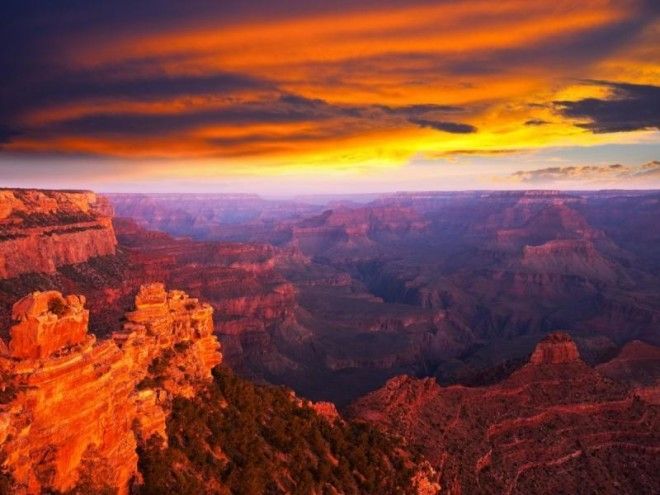
The walls of the Timbuktu mosques in Mali that were built between the 14th and 16th centuries are made mainly of mud, which is why increases in temperature and rainfall over the years have been causing a continued threat to their stability.

Concern is growing for winemakers in France’s famous vineyards, thanks to rising temperatures that may affect the ability to grow grapes in the future.

The Bolivian city of Potosí is one of the highest in the world, with a height of 13,418 feet. Centuries of mining activity in the area have put the city at risk of collapsing, with a portion of the summit having already crumbled.
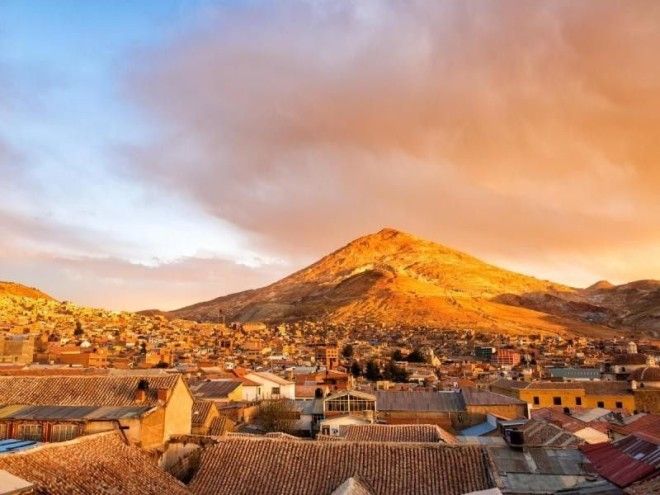
Officials in Hawaii are working to try and maintain the large amounts of sand that are disappearing from Waikiki Beach each year. One fourth of the sand on the island is already gone and crews continue to pump sand from offshore channels to try and maintain the area.

The Michoacán Mountains in Mexico are famous for housing 200 million or so monarch butterflies that tourists have come to see for years. With illegal deforestation destroying the trees that the butterflies use for protection, their population is at a high risk.

The historic center and docklands of the maritime city of Liverpool was named a UNESCO World Heritage Site in 2004. But the iconic home of The Beatles has been put on the UNESCO List of World Heritage in Danger thanks to an $8.7 billion construction development project that is being proposed in the area.
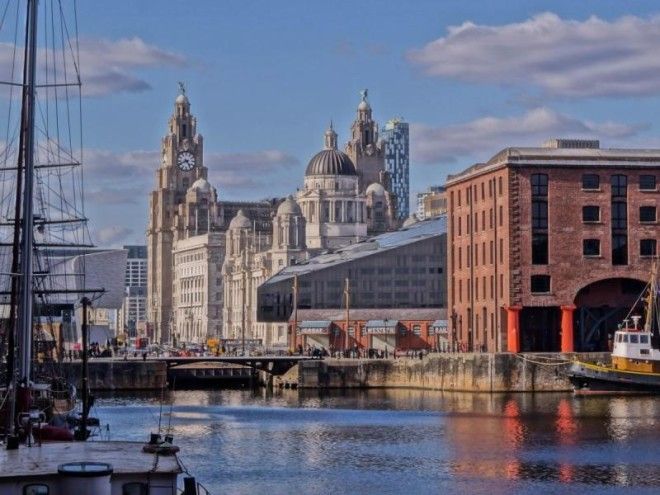
Michelangelo’s frescoes that illuminate Vatican’s Sistine Chapel have been damaged due to millions of tourists who forgo the ban on flash photography to snap a picture. The emission of carbon dioxide can also damage the artworks, which is why a new heating and cooling system was installed.
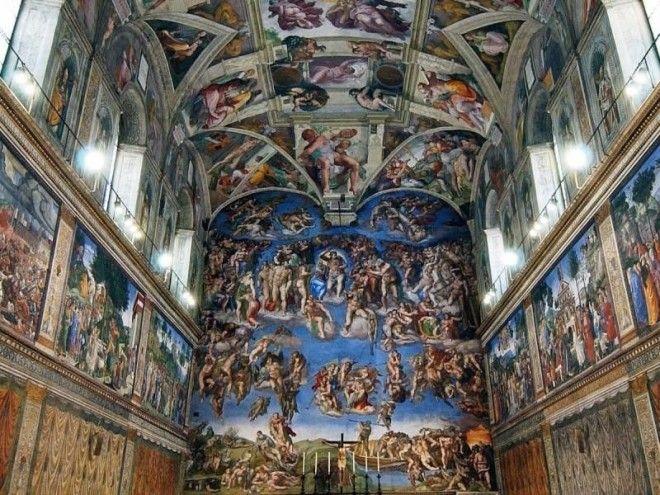
The Dead Sea, bordering Jordan and Israel, is known for its mineral-rich waters, but as residents continue to use water from the River Jordan — which is where the Dead Sea draws its water from — it is in danger of disappearing in the next 50 years.
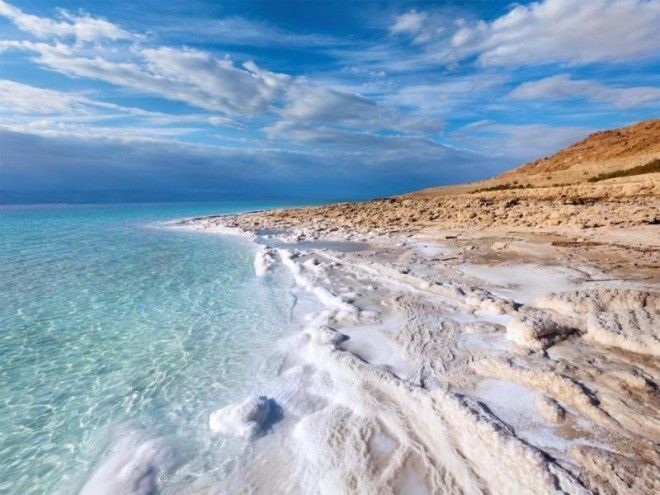
Italy's Royal Palace of Caserta is the world’s largest palace by volume and stands as a UNESCO World Heritage Site. Unfortunately, its roof collapsed last year and renovation plans remain delayed due to bureaucratic issues.
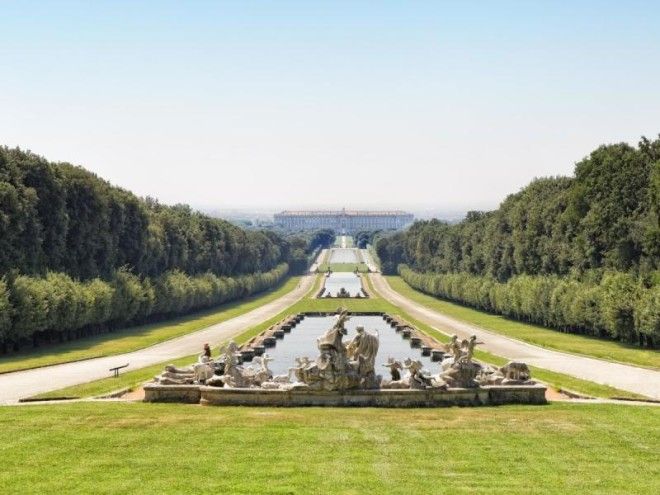
Cincinnati Union Terminal, in Ohio, once stood as a railway before being converted into a museum. The building faces water-based damages and is in need of construction repairs, which is why it made the National Trust’s 2014 list of the US's most endangered historic places.
